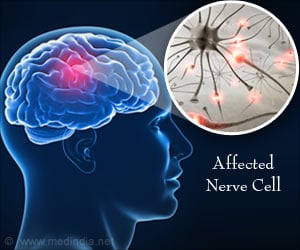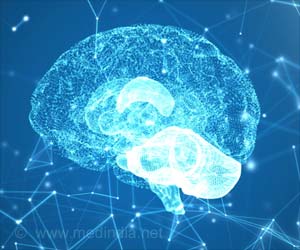Neuroscience's biggest breakthrough, the discovering of a novel brain cell Glutamatergic Astrocytes
- Intriguing brain complexity has driven centuries of research, yielding positive impacts on medical advancements
- A hybrid brain cell bridging neurons and astrocytes, ending debates about astrocytes' role in synaptic transmission
- Cell's molecular machinery for glutamate release, impacting synaptic transmission and memory
Discovering the Hybrid Brain Cell
Neuroscience has been sent into a whirlwind of excitement with the recent identification of a groundbreaking hybrid brain cell, one that bridges the gap between neurons and astrocytes. This remarkable discovery promises to bring long-standing debates in the field to a close, shedding light on the role of astrocytes in synaptic transmission and opening up new avenues for neuroscientific research and potential treatments (1✔ ✔Trusted SourceSpecialized astrocytes mediate glutamatergic gliotransmission in the CNS
Go to source).
Traditionally, neuroscience has focused on two primary categories of brain cells:
- Neurons, responsible for rapidly processing and transmitting information
- Glial cells, which provide structural support, energy, and immune functions while maintaining physiological stability
This proximity has led scientists to speculate whether astrocytes might play an active role in synaptic transmission and information processing. However, previous studies have produced conflicting results, leaving the scientific community without a definitive consensus on this matter.
Cracking the Astrocyte and Neuron Link
Putting an end to years of controversy, neuroscientists from the Department of Basic Neurosciences at the Faculty of Biology and Medicine of the University of Lausanne (UNIL) and the Wyss Center for Bio and Neuroengineering in Geneva have uncovered a new type of cell that possesses both astrocytic and neuronal attributes.To address the question of whether astrocytes can release neurotransmitters like neurons, the researchers meticulously analyzed the molecular composition of astrocytes using state-of-the-art molecular biology techniques. Their objective was to search for signs of the molecular machinery required for the rapid release of glutamate—a key neurotransmitter employed by neurons.
Ludovic Telley, an Assistant Professor at UNIL and co-director of the study, stated, "The precision afforded by single-cell transcriptomics techniques enabled us to detect the presence of vesicular proteins known as VGLUT, responsible for filling neuronal vesicles dedicated to glutamate release, in cells with an astrocytic profile.
These transcripts were identified in mouse cells and seem to be preserved in human cells. We also identified other specialized proteins in these cells that are crucial for the function of glutamatergic vesicles, facilitating rapid communication with other cells."
Subsequently, the scientists investigated whether these hybrid cells were functional, with the ability to release glutamate at a speed comparable to synaptic transmission. They employed advanced imaging techniques to visualize glutamate released by vesicles within brain tissues and living mice.
Andrea Volterra, an honorary professor at UNIL and visiting faculty at the Wyss Center, who co-directed the study, explained, "We have identified a subgroup of astrocytes that respond to specific stimuli by rapidly releasing glutamate, localized in spatially defined regions of these cells resembling synapses."
Moreover, this glutamate release has a notable impact on synaptic transmission and the regulation of neuronal circuits. The research team demonstrated this by inhibiting the expression of VGLUT in these hybrid cells.
Roberta de Ceglia, the study's first author and a senior researcher at UNIL, emphasized their significance, stating, "These cells modulate neuronal activity, controlling the level of communication and excitation among neurons." The study also revealed that impairing this functional machinery resulted in disruptions to long-term potentiation, a neural process integral to memorization, ultimately affecting the memory of mice.
Implications of Glutamatergic Astrocytes for Brain Disorders
The implications of this discovery extend to the realm of brain disorders. By specifically disrupting glutamatergic astrocytes, the researchers observed effects on memory consolidation and found connections with conditions such as epilepsy, where seizures were exacerbated.Additionally, the study uncovered the role of glutamatergic astrocytes in regulating brain circuits responsible for motor control, potentially offering therapeutic targets for Parkinson's disease.
Andrea Volterra envisioned the future possibilities, stating, "We now have a new type of cell that sits between neurons and astrocytes, opening up vast research prospects. Our upcoming studies will investigate the potential protective role of these cells against memory impairment in Alzheimer's disease and explore their roles in regions and pathologies beyond those examined in this study.
This breakthrough has undoubtedly shaken the foundations of neuroscience and promises a fascinating journey of exploration into the intricate workings of the brain.
Reference:
- Specialized astrocytes mediate glutamatergic gliotransmission in the CNS - (https://www.nature.com/articles/s41586-023-06502-w.epdf)
Source-Medindia













